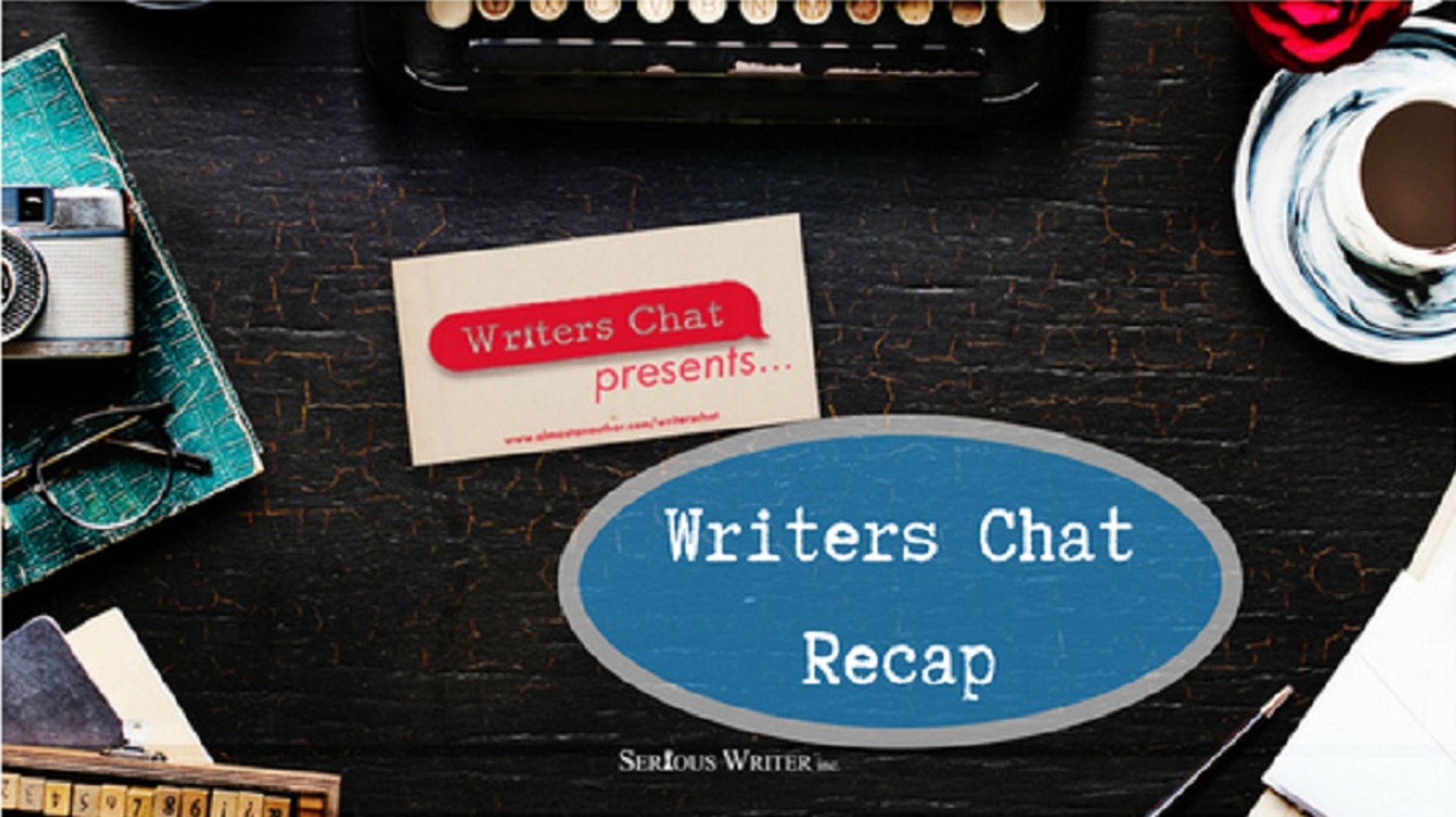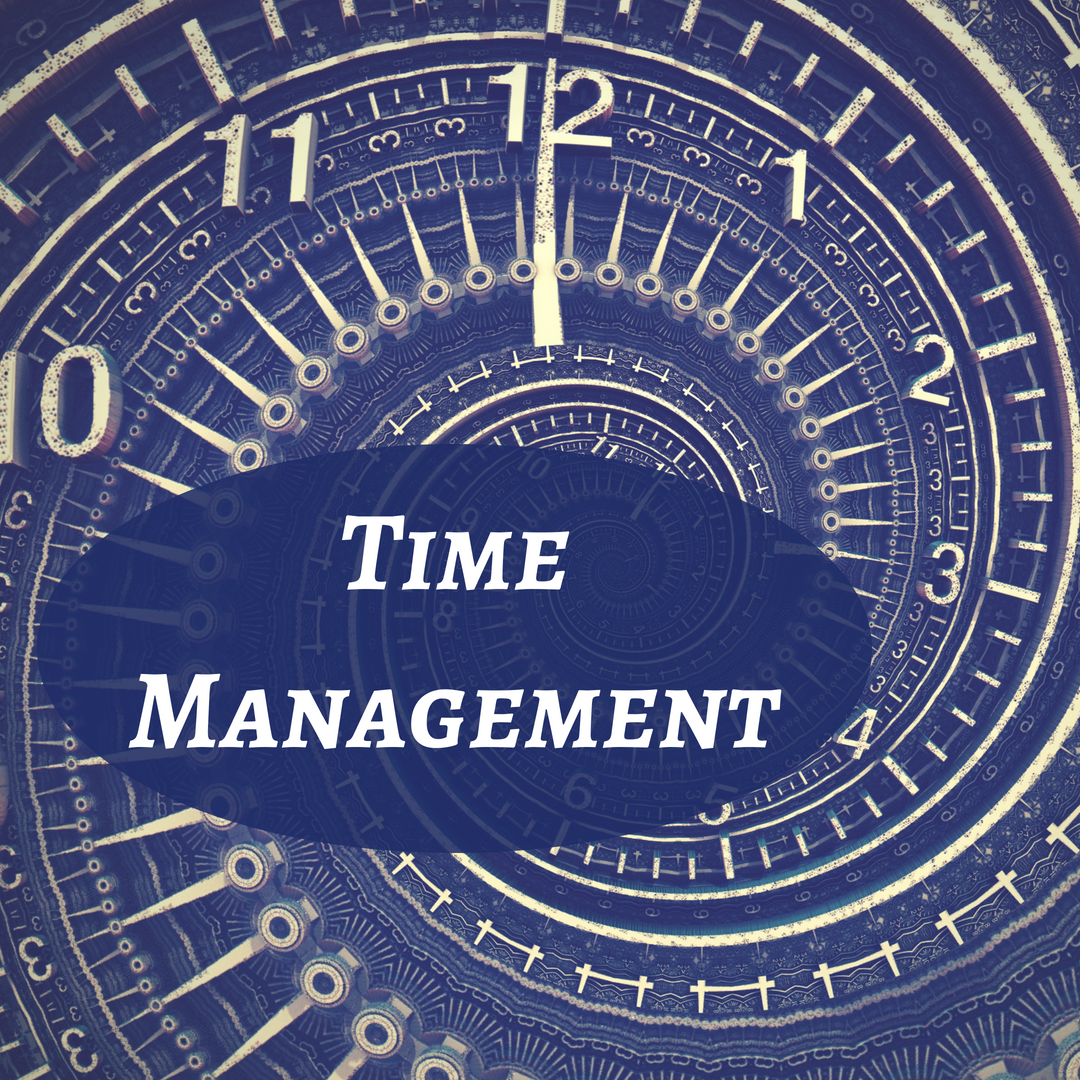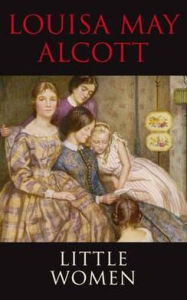
Mastering Middle Grade
My Fifth Anniversary
As an adult, writing has been a mainstay of my professional career. I majored in journalism, interned at newspapers,…
February 16, 2020
As an adult, writing has been a mainstay of my professional career. I majored in journalism, interned at newspapers,…
February 16, 2020
Whether your novel closes on a cyclone-worthy twist, or a conclusion as warm and satisfying as homemade pie, you’ll…
January 13, 2020
Writers Chat, hosted by Jean Wise, Johnnie Alexander, and Bethany Jett, is the show where we talk about all…
October 15, 2019
As most of us know, this month (November) is known to writers as “NaNoWriMo” or “National Novel Writing Month.”…
November 5, 2018
by Sandra Merville Hart I was a teenager the first time I read Louisa May Alcott’s Little Women. A…
April 21, 2017